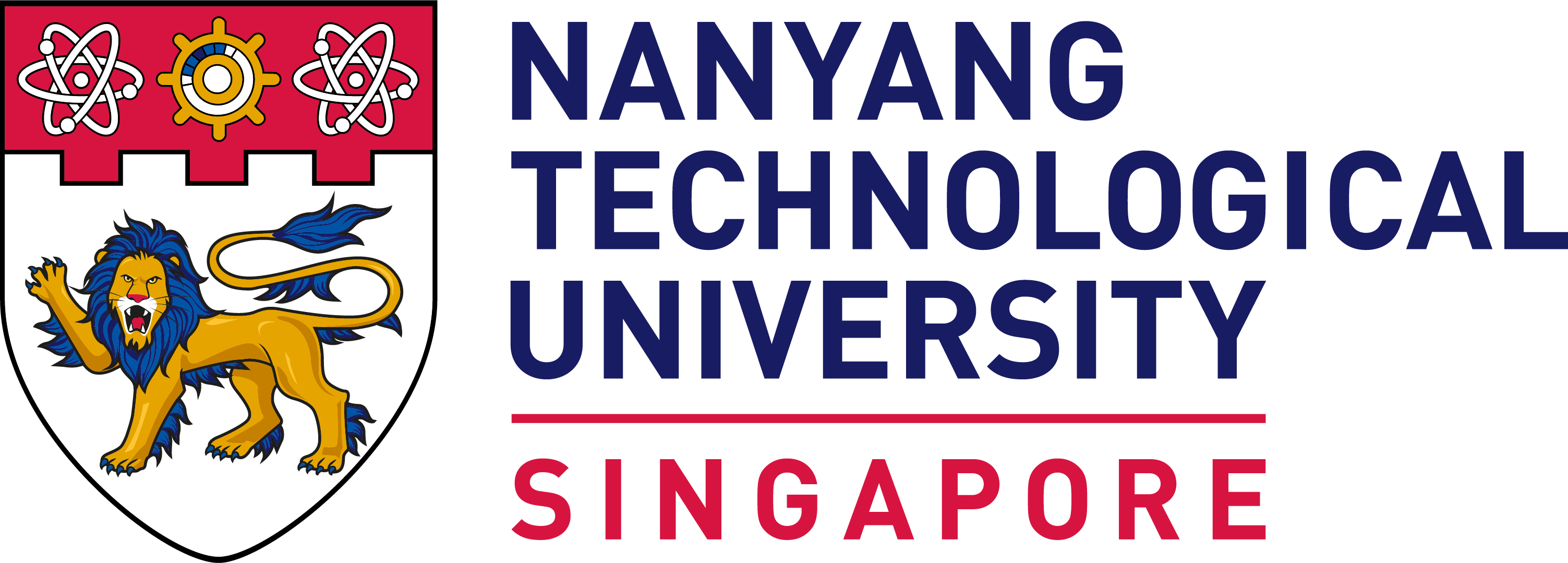Renewables & Low-Carbon Solutions

Solar
Solar energy is the most abundant renewable energy source; its harvesting on a global scale shows the potential to fulfil the world’s energy demand. Photovoltaic (PV) devices have great potential as renewable energy sources, yet uptake is challenged by upfront capital costs and the (currently) low petroleum prices.
At ERI@N, the team focuses on cost-effective halide perovskite materials for solar energy conversion and light emitting application. The focus allows us to employ low energy intensive manufacturing processes, in which cost-effective and abundant starting materials are deposited via solution-processing techniques or vacuum evaporation techniques.
Solution processing has the advantage of scaling to meter scale substrates whereas evaporation techniques are compatible with silicon solar cell processing and make themselves amenable towards perovskite-silicon tandem solar cells. Additionally, the employed fabrication techniques should allow for scale up towards large area energy harvesting devices as well as light emitting devices.
For more information or opportunities for collaboration, please contact Assoc Prof Nripan Mathews at [email protected]

Wind & Marine
Current global efforts in renewable energy systems are mainly focused towards temperate climate such as Europe and North America’s market. However, there is a growing energy need in Asia, which experiences higher solar irradiance, lower wind and tidal resource conditions.
ERI@N’s Wind & Marine (W&M) team research primarily focuses on tropical conditions to develop technologies, wind & marine energy systems and offshore floating renewable systems for tropical conditions and remote coastal and islandic energy needs as an alternative energy source. In addition, the team also collaborates with industrial partners to develop the right computational design tools and technological solutions to support field based wind, marine and floating solar resource mapping, and large scale wind, tidal and floating solar systems.
For more information or opportunities for collaboration, please contact Dr Narasimalu Srikanth at [email protected]

